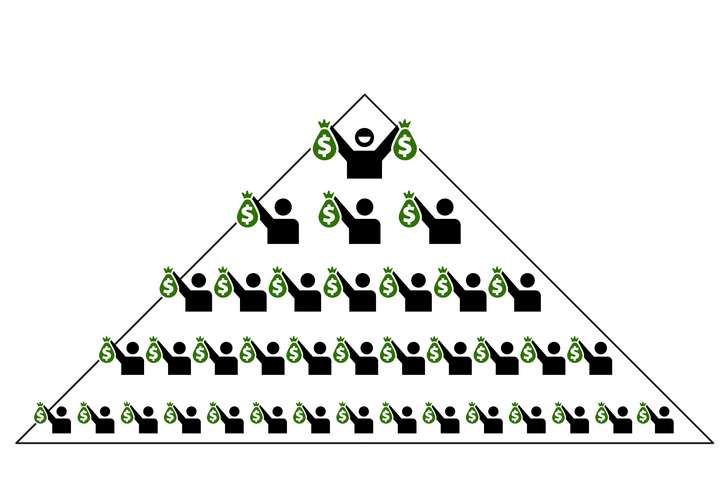The Federal Reserve has cut benchmark interest rates four times since October 2024. And when the Fed cuts rates, the yields on savings vehicles such as high-yield savings accounts tend to fall as well.
Many high-yield savings accounts now have APYs under 4%, meaning they’re barely outpacing inflation (although there are a few exceptions on NerdWallet’s list of the best high-yield savings accounts).
What’s a saver to do in these conditions? One option is to look at fixed-rate savings vehicles such as certificates of deposit (CDs) and bonds, which let savers lock in a yield until the vehicle matures. (NerdWallet has a roundup of some of the highest-yielding CDs, and a primer on how to buy bonds.)
But if you’re willing to tolerate more risk and have some money that you can invest for the long-term (rather than save and earn interest on), another possibility is to invest in stocks that pay dividends — portions of company profits that are paid directly to shareholders.
Many dividend stocks still have yields higher than 4%, and their yields are not as closely tied as savings account yields to benchmark interest rates set by the Fed. However, there are some big differences between dividend stocks and savings accounts, such as the risk of investment losses. Here’s what to know.
Top 7 S&P 500 dividend stocks with yields over 4%
We screened the S&P 500 for dividend stocks that have a yield of more than 4%, positive one-year returns and payout ratios below 100%.
The results are listed below, in order from highest to lowest dividend yield.
Pinnacle West Capital (PNW)
Source: Finviz. Data is current as of market close Nov. 4, 2025, and is intended for informational purposes only.
New to dividend stocks? Here’s what to keep in mind
Dividend stocks vs. savings accounts
There are some important differences between dividend stocks and savings accounts. For one, dividend stocks are investments; you’ll need a brokerage account to buy them. The return you’ll earn on a dividend stock is not just its dividend yield. The stock itself may also increase or decrease in price. Dividend stocks (and stocks in general) are not equivalent to savings accounts. They’re riskier, and intended for a longer time horizon, although they may offer higher returns in the long run.
A stock’s dividend yield is equal to its dividend payments per share over the last twelve months, divided by its current market price. Since stock prices fluctuate every business day, dividend yields do, too. That makes their yields more volatile than those of high-yield savings accounts (whose yields also change over time, but more slowly).
However, dividend stock yields are not directly related to benchmark interest rates like savings account yields are. A variety of factors, most of which have nothing to do with the Fed, can impact dividend yields, including stock price changes and company decisions to increase or cut dividend payments. That means dividend stocks’ yields won’t necessarily decrease if the Fed keeps cutting rates, while savings account yields almost definitely will.
Finally, dividend income often gets a more favorable tax treatment than savings account interest. The latter is usually subject to ordinary income tax rates, while the former is often subject to qualified dividend tax rates, which are lower.
Advertisement
4.8
/5
4.6
/5
4.6
/5
Fees
$0
per online equity trade
Fees
0% – 4%
varies by type of transaction; other fees may apply
Promotion
None
no promotion available at this time
Promotion
Earn a 1% uncapped match
when you transfer your investment portfolio to Public.
Promotion
None
no promotion available at this time
For dividend stocks, high yields aren’t always a good thing
If you’re looking to generate income, it might be tempting to find the absolute highest-yielding dividend stocks out there — but this isn’t always a good idea.
Some stocks have high dividend yields because their share prices have tanked recently due to bad news. Others are paying unsustainably-high dividends, and will need to cut their dividends or take on debt to keep paying them in the future.
We have tried to mitigate these risks in the table above by screening for stocks that have positive returns over the last year, and payout ratios below 100%. (A dividend stock’s payout ratio is equal to its dividends per share over the last year divided by its earnings per share over the last year. It’s a key measure of dividend sustainability.)
Another group of dividend stocks that are less likely than most to cut their dividends are the so-called Dividend Aristocrats: S&P 500 stocks that have increased their dividends per share every year for at least 25 years.
Further reading
Neither the author nor editor owned positions in the aforementioned investments at the time of publication.

























